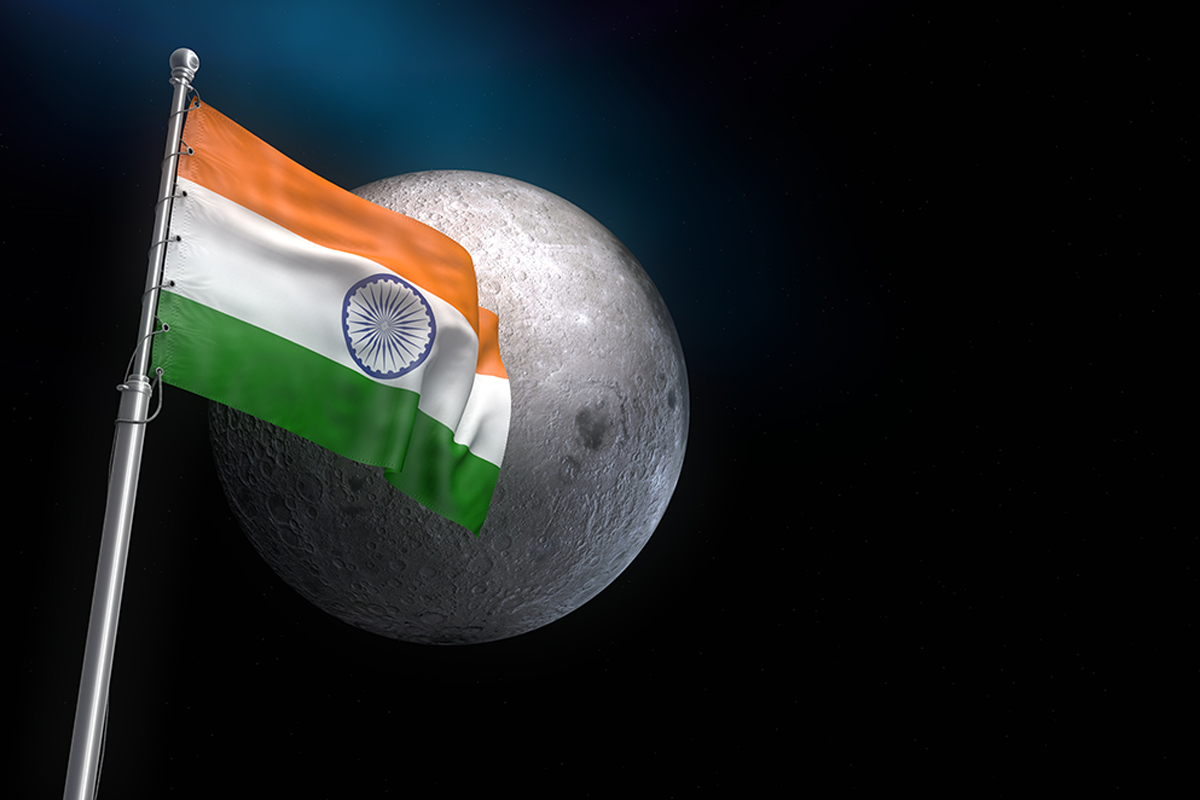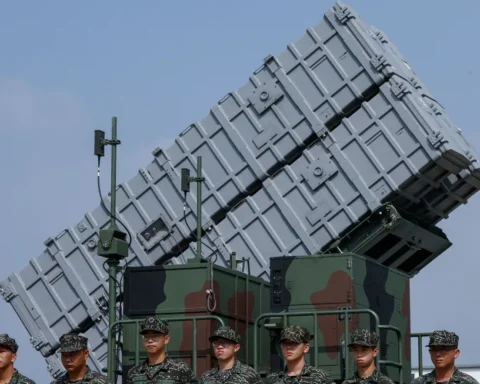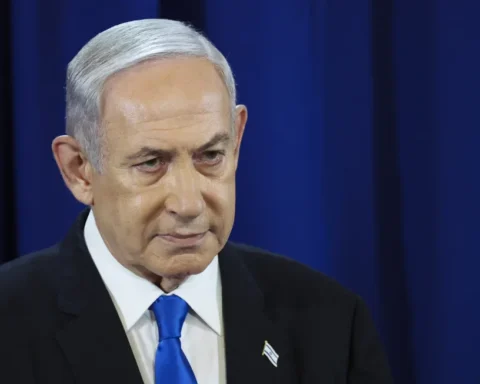In a historic achievement, India’s Chandrayaan-3 has successfully touched down on the lunar surface, making the country the fourth in history to achieve such a landmark.
This successful landing further positions India as a leading player in space exploration. Only the United States, China, and the former Soviet Union had previously managed soft landings on the moon.
Interestingly, Chandrayaan-3’s landing spot is nearer to the moon’s south pole than any other mission to date. The South Pole region, rich in potential water ice deposits within its shaded craters, holds immense scientific and strategic significance.
This water, preserved in deep craters, offers potential for conversion into rocket fuel or drinking water for future manned missions.
Witnessing the event virtually from South Africa at the BRICS Summit, Indian Prime Minister Narendra Modi commented, “Today, India celebrates a significant achievement. But this victory isn’t solely India’s. In a year where we preside over the G20, our vision of a united Earth and a shared future echoes worldwide. This mission embodies this principle and paves the way for other nations’ lunar endeavours.”
India’s milestone comes shortly after Russia’s Luna 25 mission experienced an unfortunate crash on the moon on August 19, marking its first lunar attempt in almost half a century.
Chandrayaan-3’s Voyage
As Chandrayaan-3 neared the moon, its cameras relayed images, revealing an intimate view of the moon’s landscape. The lunar mission comprises three components: a lander, a rover, and a propulsion module, which facilitated the significant journey between Earth and its satellite.
Named Vikram, the lander executed the meticulous movements necessary for a gentle moon landing. Nestled within is Pragyan, a compact rover designed to explore the lunar terrain.
The moment Vikram touched the moon around 6 p.m. IST, the control room burst into applause. The Indian Space Research Organization (ISRO) soon confirmed its seamless communication with the landed craft, releasing initial images from its descent.
Equipped with an array of scientific tools, both Vikram and Pragyan aim to unravel the moon’s mysteries. Dr. Angela Marusiak from the University of Arizona highlighted her anticipation for the lander’s seismometer, which might detect lunar seismic activity.
The duo is expected to operate for approximately two weeks on the moon, with the propulsion module staying in orbit to transmit data back home.
Moon Race: A Global Affair
Allied with nations such as the U.S. and France, India’s robust space endeavours place it at the forefront of the second wave of spacefaring countries. Chandrayaan-3 has instilled immense pride nationally. As proof, over 8 million people witnessed the landing via a livestream, and celebratory scenes unfolded at India’s Council of Scientific and Industrial Research in New Delhi.
The significance of India’s triumph is underscored by Russia’s recent setback. Since the dawn of this century, only China, and now India, have successfully landed on the moon.
With lunar exploration witnessing a global renaissance, numerous countries have charted out their lunar missions. Japan is prepping for its own launch soon, while the U.S. plans multiple commercial lunar missions, leading up to NASA’s anticipated Artemis III mission, aiming to revisit the moon by 2025.
Yet, the moon remains an intricate challenge. India’s 2019 Chandrayaan-2 mission and two other commercial endeavours didn’t fare well in their lunar attempts. NASA Administrator Bill Nelson expressed his excitement and optimism about the renewed global interest in lunar missions, praising India’s Chandrayaan-3 mission.
Echoing the global camaraderie, Nelson’s social media post read, “Congratulations, India, on becoming the 4th nation to achieve a soft lunar landing. Proud to be on this journey with you!”
Further emphasizing global cooperation, India has endorsed the U.S.’s Artemis Accords, setting guidelines for lunar exploration. Notably, Russia and China haven’t joined this accord.
India’s Chandrayaan-3 mission not only marks a significant step in its space odyssey but also signifies the growing collaborative spirit in global space exploration. As countries reach out to the stars, the journey illuminates how shared goals and dreams can bring nations together, fueling hope for a united future in space and on Earth.







